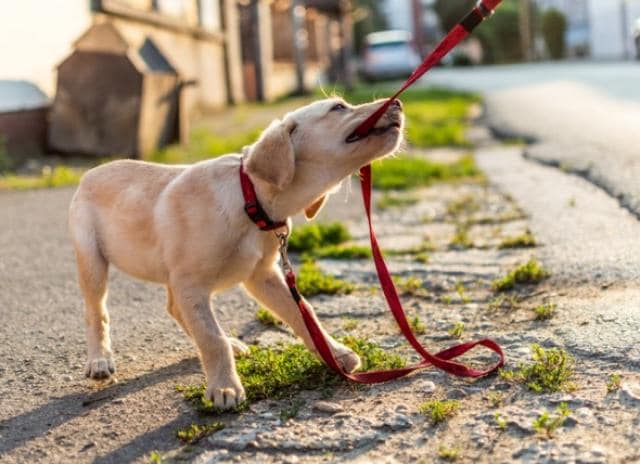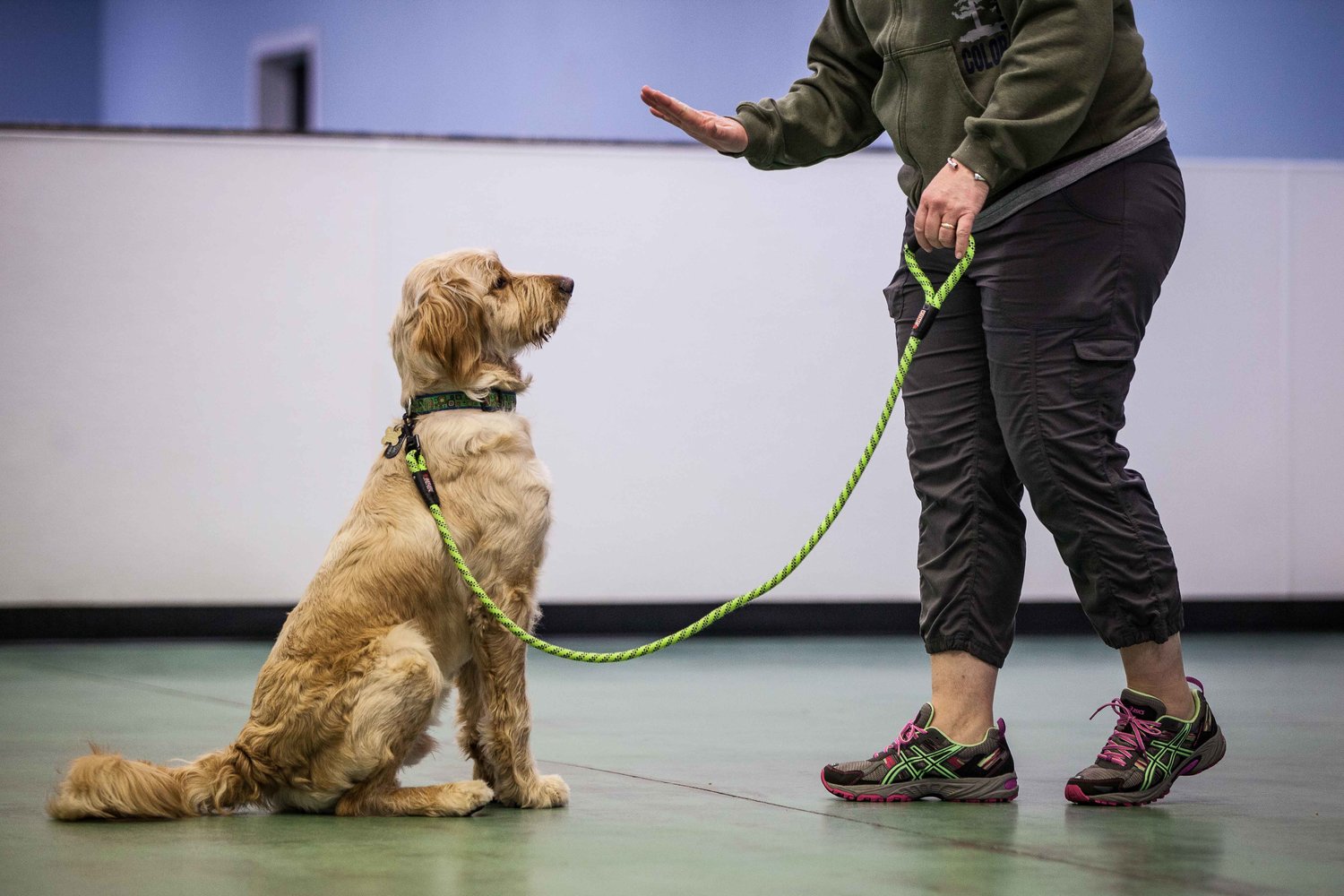Last Updated on July 2, 2021 by Fumipets
Proper training and socialization are among the most fundamental requirements for your dog. It’s critical to begin teaching your dog as soon as possible after acquiring him.
Initially, dog training may seem to be very daunting, particularly if this is your first experience with a dog. The reality is that training your dog is a significant undertaking. If you approach the job in a methodical manner, you will find it to be much less intimidating. To get you started, here is some information to get you started:

House Training and Crate Training
Unless you want to keep your dog outside all of the time—which few of us do since it is not recommended—you will need to educate your dog where to relieve himself. As a result, one of the first things you should focus on with your dog is house training (also known as housebreaking or potty training). Crate training may be a highly beneficial element of the training process for both dogs and humans. This covers home training as well as a variety of other training areas.
Leash Training Dogs and Puppies
Every dog must be taught to walk on a leash at some point. Apart from the fact that most places have leash regulations in place, there will be occasions when keeping your dog on a leash is necessary for his own protection. Learn how to introduce your dog or puppy to the leash and then how to teach him how to walk correctly on the leash, even while you’re riding a bicycle beside him. With a loose leash walk, you can educate your dog not to pull or lunge while on the leash, making the experience more pleasant for both of you.

Socialize Your Dogs and Puppies
Socialization is the process of preparing your puppy or adult dog to accept new people, animals, and environments by introducing him to a variety of situations. Dogs that have been socialized are less prone to develop behavioural issues and are usually more well-liked by their owners and other people. Fears and phobias may arise as a result of socialization, which can assist in avoiding this development.
The main conclusion is that socializing your dog or puppy will result in a happier and better-behaved canine in the long run.
Clicker Training for Dogs
Dog training using a clicker, which is a popular type of positive reinforcement, is a simple and successful way of teaching dogs. Although it is still acceptable to teach your dog without the use of a clicker, many people find it to be beneficial. When you use clicker training, you can teach your dog a variety of basic and advanced instructions and tricks in a short amount of time and with little effort. Learning how to clicker train your dog is a quick and simple process.
Basic Commands and Fun Tricks
The following are some fundamental dog training commands and dog tricks that every dog should be familiar with: come, speak, drop it, stay, back up, and other similar commands and tricks. Basic commands provide structure for your dog. Additionally, they may assist you in overcoming typical dog behaviour issues as well as ensuring the safety of your dog.
What could be more entertaining than demonstrating your dog’s impressive abilities? Dog tricks are a fantastic method to take your dog training to the next level while also providing your dog with mental stimulation and entertainment.

Proofing Behaviors and Troubleshooting
In order to teach your dog to do a new behaviour, the last stage is proofing. Learn how to prove behaviours so that your dog will be as obedient in the park or at a friend’s home as he is in your own living room by following your commands.
Please keep in mind that just because you have reached the final phases of training does not rule out the possibility of behaviour issues developing. Learn about the most frequent canine behavioural issues and how to cope with them in this article. Using the following guidelines will make it easier for you to traverse this portion of the training process:
Proofing Behaviors: Put your behaviours through their paces in a range of settings with varying degrees of distraction. If you do not proof your dog, he may behave well in your living room but seem to have forgotten all he has learned when he is outside the home.
Teach Your Dog Self-Control: This technique teaches your dog that nothing in life is free, and that he must earn things such as food and attention by doing well in his training sessions.
Troubleshooting Common Dog Behavior Issues: Recognizing and addressing possible behaviour problems early on may help you prevent problems from spiralling out of hand.
When it comes to dog behaviour management and dog training, they are not mutually exclusive. While dog behaviour management and dog training are two distinct things, they are not mutually incompatible. The control of canine behaviour is an essential component of any dog training programme.

Advanced Dog Training
Once your dog has learned the fundamentals, you may want to try teaching him some more complex tricks. These exercises will assist you in keeping your dog active, fit, and intellectually engaged throughout the day. Furthermore, they will contribute to the strengthening of the connection you have with your canine friend.
It’s important to remember that training is a continuous process. You will never be fully satisfied with your work. It is critical to continue working on your dog’s obedience training throughout his or her whole life. People who learn a language at an early age but then cease speaking that language may find that they have forgotten most of what they learned as they become older. The same is true for your dog: either you utilize it or you lose it. Even the most basic tricks and commands should be practised many times to ensure that they remain fresh in your dog’s memory. Furthermore, it is a wonderful way to spend quality time with your dog.
Is it ever too late to teach a dog?
Despite the fact that it may not be too late to teach certain habits beyond puppyhood, this period is critical—particularly the first three to four months—when it comes to developing a strong emotional foundation for your dog.
Dogs who are fearful of humans will have a more difficult time coming when called to them. Furthermore, individuals who believe that their toys will be stolen will be less inclined to say “drop it” when requested.
However, improvement is possible; however, training canines that are established on a foundation of trust and clear communication is more straightforward. Furthermore, teaching small pups skills such as gentle play is simpler than teaching full-sized dogs.
Positive reinforcement training, on the other hand, may assist dogs of any age in realizing that it is possible to have fun while behaving appropriately. In many instances, you may rapidly turn around unpleasant conduct by teaching a new, pleasurable way to act and interact. In other words, if the alternative to running away with your socks is to “drop it” and get a reward, your dog will be less inclined to do so.
Remember that every dog and every dog’s environment is unique; therefore, bear in mind that important training milestones will change depending on your specific dog and your surrounding environment.


















